How to grow star jasmine in pots – the fast-growing flowering vine that will cover walls and fences with fragrant, starry blooms
Growing climbers in pots is a space-saving solution for gardeners with smaller yards
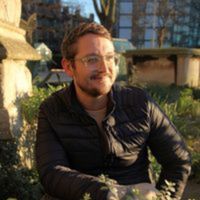

Star jasmine is a go-to climber for beginner gardeners and expert horticulturalists alike. As a former professional gardener, I have grown star jasmine, or Trachelospermum jasminoides, on several occasions, including in containers, and have always found it to be both tough, resilient and versatile.
Whether you have a partially shaded balcony or a sun-soaked patio, this fast-growing flowering vine will thrive in pots, looking particularly impressive when trained across a trellis, garden wires, or over an archway.
So, if you are looking for an easy-to-grow vine for your pot displays this year, why not consider learning how to grow star jasmine in pots? Here, I reveal all I know about caring for these popular plants, including tips on potting, feeding and watering.
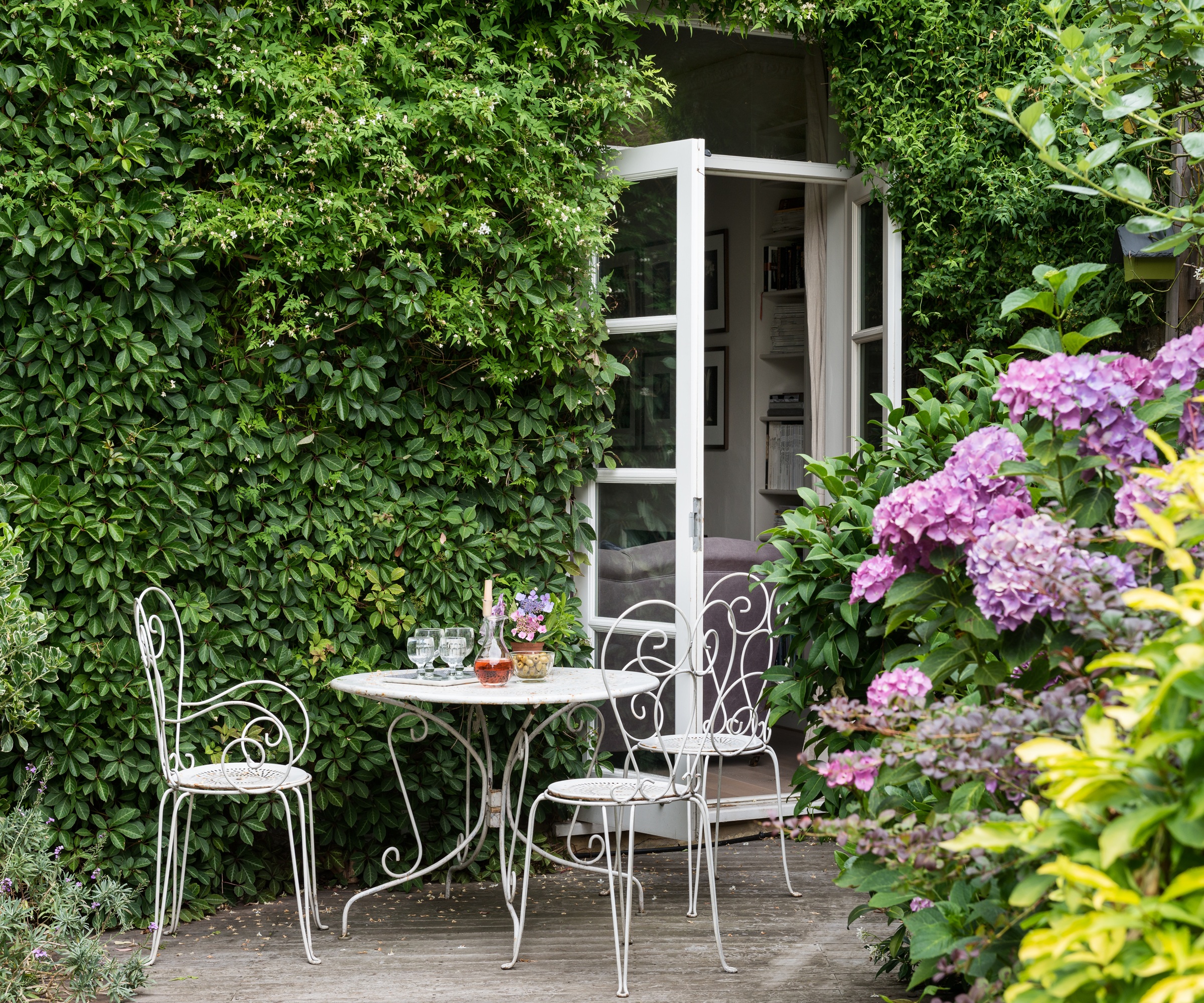
How to grow star jasmine in pots
Star jasmine vines, in my experience, are some of the best climbers to grow in pots. For evergreen cover and fragrant spring blooms, you will not find much better than this fast-growing plant.
While easy to grow, there are a few rules to follow when introducing them to your plot.
Growing advice for star jasmine in pots
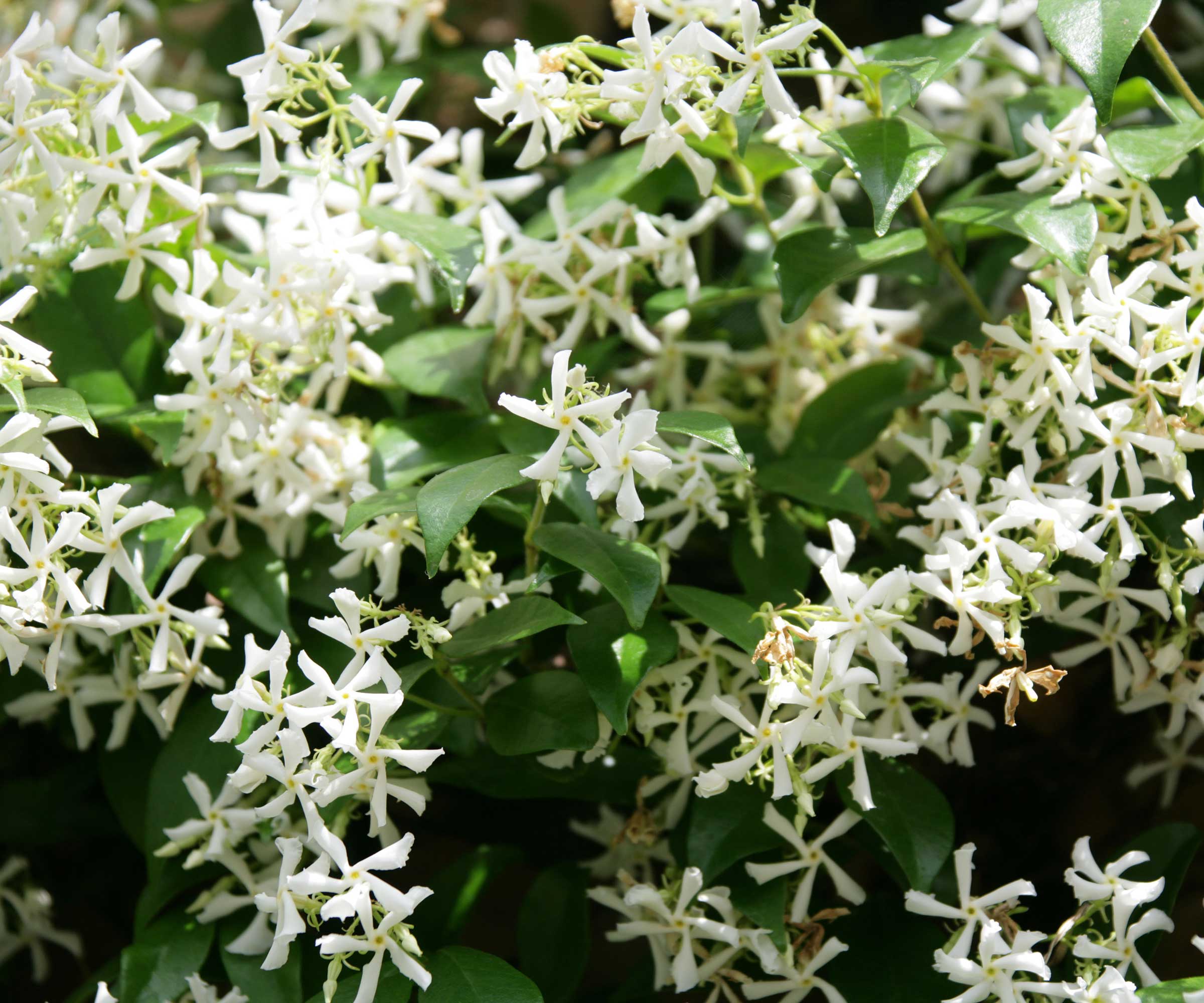
In terms of how to grow star jasmine in pots, this evergreen climber can be planted from US hardiness zone 7 to zone 10.
Live star jasmine vines are available from Perfect Plants Nursery, sold via Amazon.
Design expertise in your inbox – from inspiring decorating ideas and beautiful celebrity homes to practical gardening advice and shopping round-ups.
Native to eastern and south-eastern Asia, I have always found star jasmine vines to be remarkably versatile, tolerating some shade as well as full sun.
While most of the guidance online will tell you they need at least six or eight hours of direct light, I have planted them before in part-shade, and so long as they receive four hours of sun each day, they tend to do just fine.
Just be warned, however, that less sun equals fewer flowers, although the evergreen foliage is pleasing, even on its own.
In terms of container culture, I would recommend filling a large pot, at least 12 inches in diameter, with good-quality potting soil, combined with some horticultural grit or perlite added to the base for drainage.
Use something like this organic potting soil from Whitney Farms, available at Walmart.
Star jasmine are fast-growing climbing plants that can typically produce up to six feet of growth in a single year. For this reason, it is a good idea to provide some support to train and guide them, such as wire or garden trellis.
The tendrils are self-clinging, but it is a good idea to help younger shoots by tying them to plant supports while the plant settles into your yard. Tie a loose knot with garden twine, directing the vine to grow where you want it to grow.
Ongoing care for star jasmine in pots
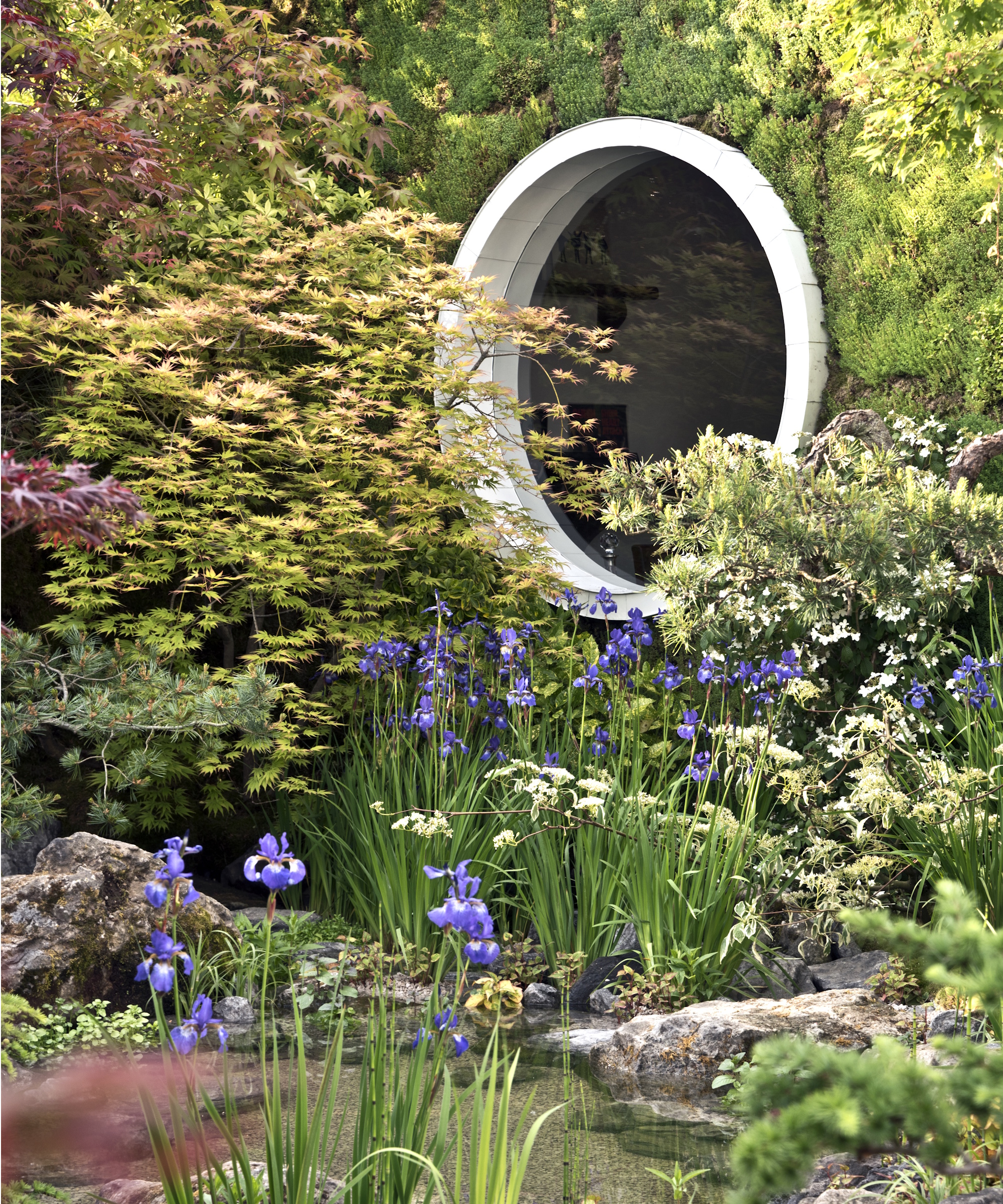
Give your plants a good, deep watering at least once or twice a week during spring, which may have to be increased during summer as the weather warms.
Do not let your pots completely dry out, as this can damage your climbing plants. I usually stick to a 'touch test' when watering in summer, to check whether the top inch of soil is dry or damp.
In terms of fertilizing star jasmine, they do not generally need large amounts of feed, but I have found that those growing in pots will benefit from an application once a month during the growing season.
In terms of plant fertilizer numbers, any general-purpose feed, either liquid or slow release, will do, although if you want to encourage more blooms, aim for a feed that is lower in nitrogen (N) and higher in phosphorus (P) and potassium (K), such as 3-5-5.
Try something like this organic bloom booster fertilizer by Espoma, available from Amazon.
FAQs
Is star jasmine toxic?
Star jasmine is a member of the dogbane plant family, otherwise known as the Apocynaceae group. Many members of this group are known for producing a milky sap when pruned, and star jasmine is no different. While generally considered non-toxic to humans and pets, it can be a good idea to wear gloves to keep this milky sap off your skin when pruning star jasmine, as it can irritate.
Once established, star jasmine vines growing in pots can produce lots of growth each year. Do not be afraid to cut back your vines to keep them in check, especially in smaller gardens, where your space may be restricted.
For more information, check out my guide on climbing plants that thrive on neglect, for a range of low-maintenance and easy options to try this year.
Shop garden accessories
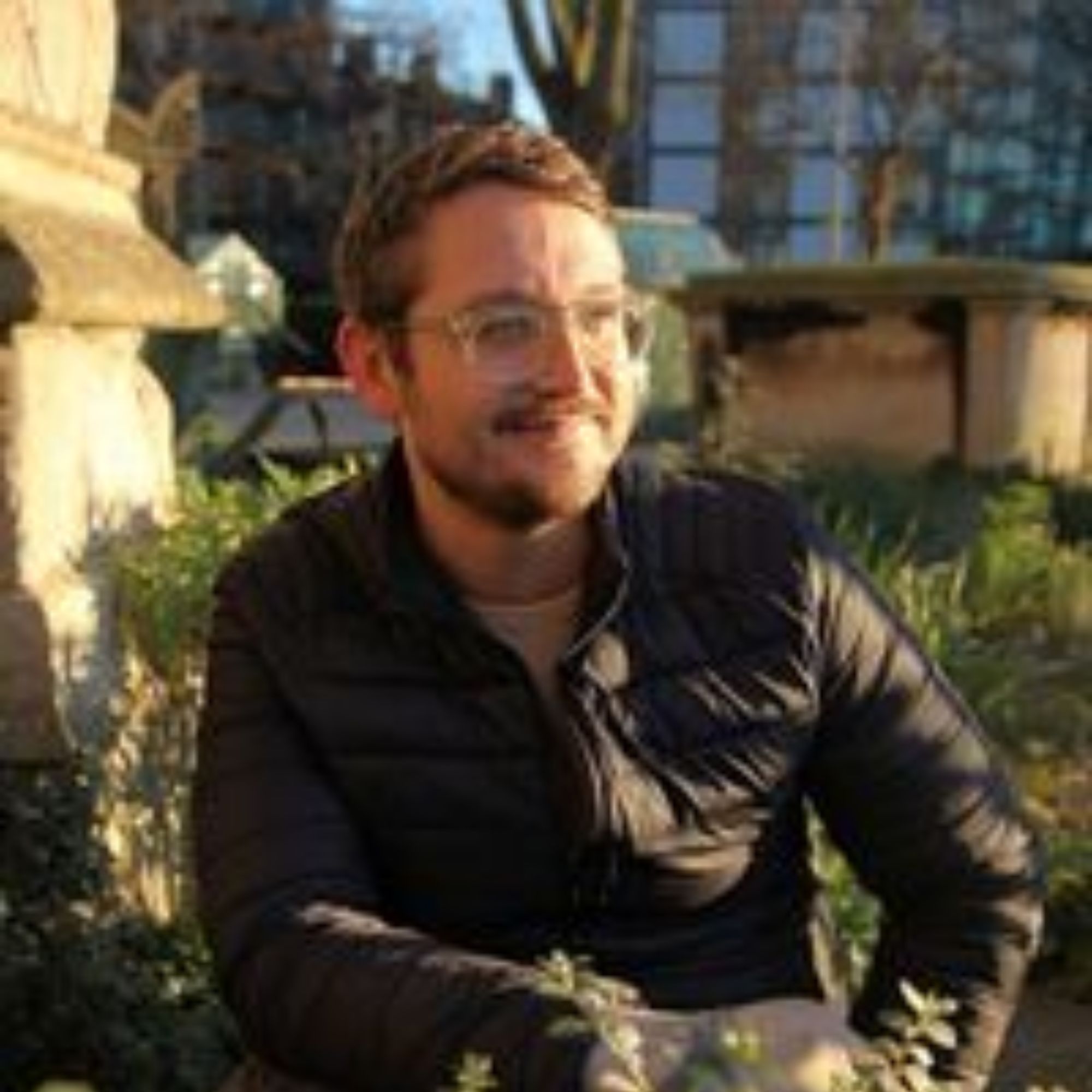
Thomas is a Content Editor within the Gardens Team at Homes and Gardens. He has worked as a professional gardener for both public spaces and private estates, specializing in productive gardening, growing food and flowers. Trained in Horticulture at the Garden Museum, he has written on gardening and garden history for various publications, including The English Garden, Gardens Illustrated, Hortus, The London Gardener and Bloom. He has co-authored a Lonely Planet travel book, The Tree Atlas, due out in 2024.


